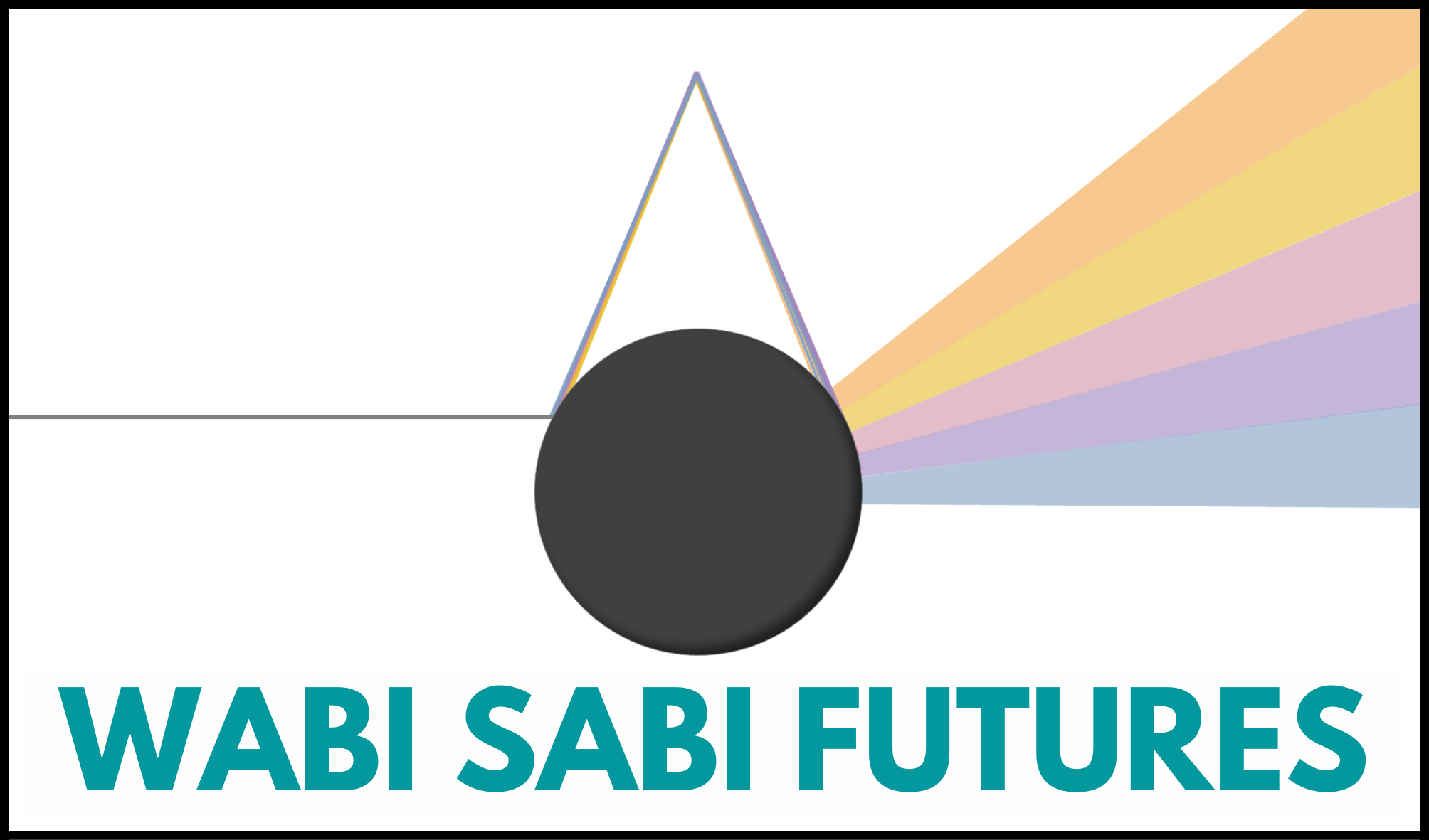My first formal introduction to change management came in the form of a 3 day course on accelerated implementation methodologies. Two things stay with me from that experience: feeling very out of place as an overly-eager young admin assistant in a room filled with clinicians-come-middle managers, and my elation at discovering frameworks and language that helped me make sense of the dynamics I saw around me.
I particularly liked Kurt Lewin’s three step Change Management Model, commonly referred to as Unfreeze, Change, Refreeze, as it provided a basic framework I could easily grok and use to plan my first change initiative. It offered me the right balance of simplicity and nuance I needed to get started — begin with unfreezing the current state by creating the right environment for change to happen, then make the change we want to see, and finally reinforce and stabilise the change to crystalise (or refreeze) it in the new state.

This model dates back to 1947, and it’s influence can be seen in many well-known change management theories that have followed. Kotter’s 8-step process, the Change Management Foundation and Model, and the Prosci ADKAR model expand upon this inherent assumption that change is the transition between two fixed, stable states.
You can see this assumption playing out in discussion about what we should do about the rather unusual time we are living in. The pursuit of COVID-normal, the discourse around the impact of a vaccine, an outcome of the November elections — each have been heralded as a marker that we have returned to the stable, predictable state that we are impatient to arrive at on the other side of this uninvited change.
We aren’t as prepared for the possibility of an prolonged transitional period that fails to stabilise in an enduring state. It is uncomfortable to consider how the crisis of COVID that is snowballing into a global recession might knock into the return of fascism before it is rolled up in ecological collapse, without achieving a steady stable resting place between compounding crises.

Rather than unfreezing to refreeze, we may be in a slow freefall down a rabbit hole, bumping into varying states of being along the way. It may be a long time before we land on anything that resembles steady footing.
The dominant theories of change formed over the past 70 years have emphasised the skills, mindsets, and approaches designed to reform solid blocks of ice. Many of us are impatiently waiting for the next ice cube to form, while around us the water is flowing and picking up pace and forming rapids.

These theories of change oriented around exerting your will to achieve a fixed, predetermined outcome are ill-equipped for sensing, responding, and moving with dynamic change as it emerges.
What would happen if you eased up on striving to control the behaviours of others and system-level outcomes, and instead worked with a greater awareness of what you can influence and what you must respond to? What might be different if you stopped using shame as a lever for compliance, and instead looked at the competing commitments that generate ambivalence?
Instead of straining to exert greater control, what if you directed more energy into spotting early signals of change? By calibrating the things you seek control over with those things within your own humble sphere of control, you create space and attention for increased agency and pathways to respond to shifts in your sphere of influence.
How might your change management approach be different if you let go of a holding a single image of the desired future state, and more broadly considered what would be desirable across different possible futures in flux?
I suspect the era of fixed state change management is now behind us, and theories of change that work with the adaptive and emergent properties of our systems will better serve us in what lies ahead.

